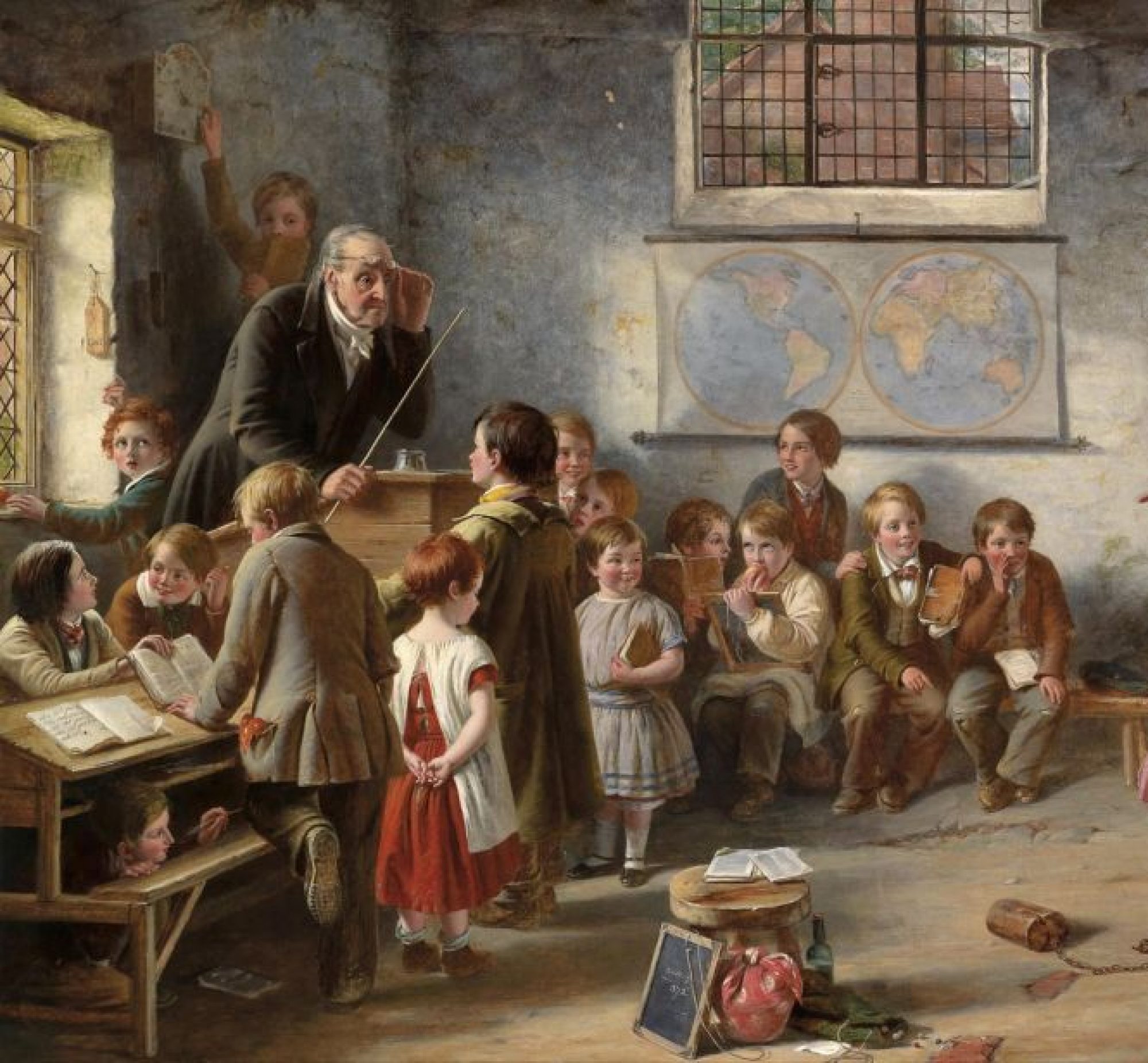Often considered to be the strangest of the so-called “humanistic approaches”, suggestopedia was originally developed in the 1970s by the Bulgarian educator Georgi Lozanov. Extravagant claims were initially made for the approach with Lozanov himself declaring that memorization in learning through suggestopedia would be accelerated by up to 25 times over that in conventional learning methods. The approach attracted both wild enthusiasm in some quarters and open scorn in others. On balance, it is probably fair to say that suggestopedia has had its day but also that certain elements of the approach survive in today’s good practice. Suggestopedia is a portmanteau of the words “suggestion” and “pedagogy”.
After reading “Suggestopedia”, you can check important issues for ESL teachers on the section PDFs, and visit my channel on YouTube.
As the name implies, Suggestopedia relies on the power of suggestion for acquiring language knowledge. According to the theory, if students feel relaxed and comfortable, they’ll be more receptive to learning new information. This helps make language acquisition easier and more effective.
Instead of sitting at tables and desks, students relax in comfortable armchairs or sit on the floor while the teacher reads to them in the target language.
During the readings, the lights are often fade and soft music is played in the background—usually classical music or the sounds of nature. The purpose of the background noise is to create a peaceful mood throughout the lesson.
The teacher reads the text as if it were a play, using dramatic voices and gestures to capture the students’ attention. Even if much of the vocabulary is unfamiliar, learners will be drawn into the performance and should be able to absorb the new words using contextual clues.
There isn’t much data to support the overall effectiveness of Suggestopedia, but…
- Numerous studies have found that using music in the classroom, either as background noise or as part of memorization exercises, improves learning outcomes.
- By integrating real-world curriculum based on news articles, music videos and other forms of popular culture into your lesson, you’ll turn your classroom lessons into a language-learning experience.
- This method emphasizes on a safe, comfortable space in which students feel at ease and in which they enjoy learning. In the right environment, students feel safe and cared about, which creates a positive learning experience.
- Reading a text or a dialogue to your students, as prescribed by the Suggestopedia method, is a wonderful way to pre-teach new vocabulary and review important material at the end of a lesson.
The Disadvantages of Suggestopedia
- The wrong music can be a distraction, studies also show that music can actually hinder certain tasks, including memorization. For the most part, it’s music with lyrics that cause distractions. But some students also get distracted by music that they don’t particularly like.
- Suggestopedia relies on infantilization it requires the student-teacher relationship to resemble that of a parent and child for this method to work.
- Not every student is docile enough to regard the teacher as a figure with absolute authority.
- Suggestopedia lacks a clear structure and education experts now know that setting clear, linear goals is a necessary component to successful learning. For some students who need a more structured learning environment, this teaching style can be confusing or downright overwhelming.
- Depending on where you teach, it simply might not be practical to furnish your room with armchairs, special lighting and decorations. Moreover, schools that stick to a more traditional educational model may not be receptive to adopting an unorthodox teaching method like Suggestopedia.
Studies suggest that Suggestopedia and its adaptations alleviate stress and improve focusing and memorization. This text examines the methods for unconscious assimiliation, in particular Suggestopedia, its variants, its adaptations, and its background elements.
Intro to Suggestopedia: Pocket Therapist’s Guide paperback
Suggestopedia is a learning / teaching technique based on Dr. Lozanov’s very early 1965 studies, long before what would later become the legacy, career and life’s work spent mentoring to students and teachers alike across the world, alongside his partner and wife, Dr. Evelina Gateva. Their combined efforts on the theory and practice of suggestion, would go on to trigger an accelerated learning movement in the West while imitators and usurpers tried to make a name for themselves off of Dr. Lozanov’s and Dr. Gateva hard work.

